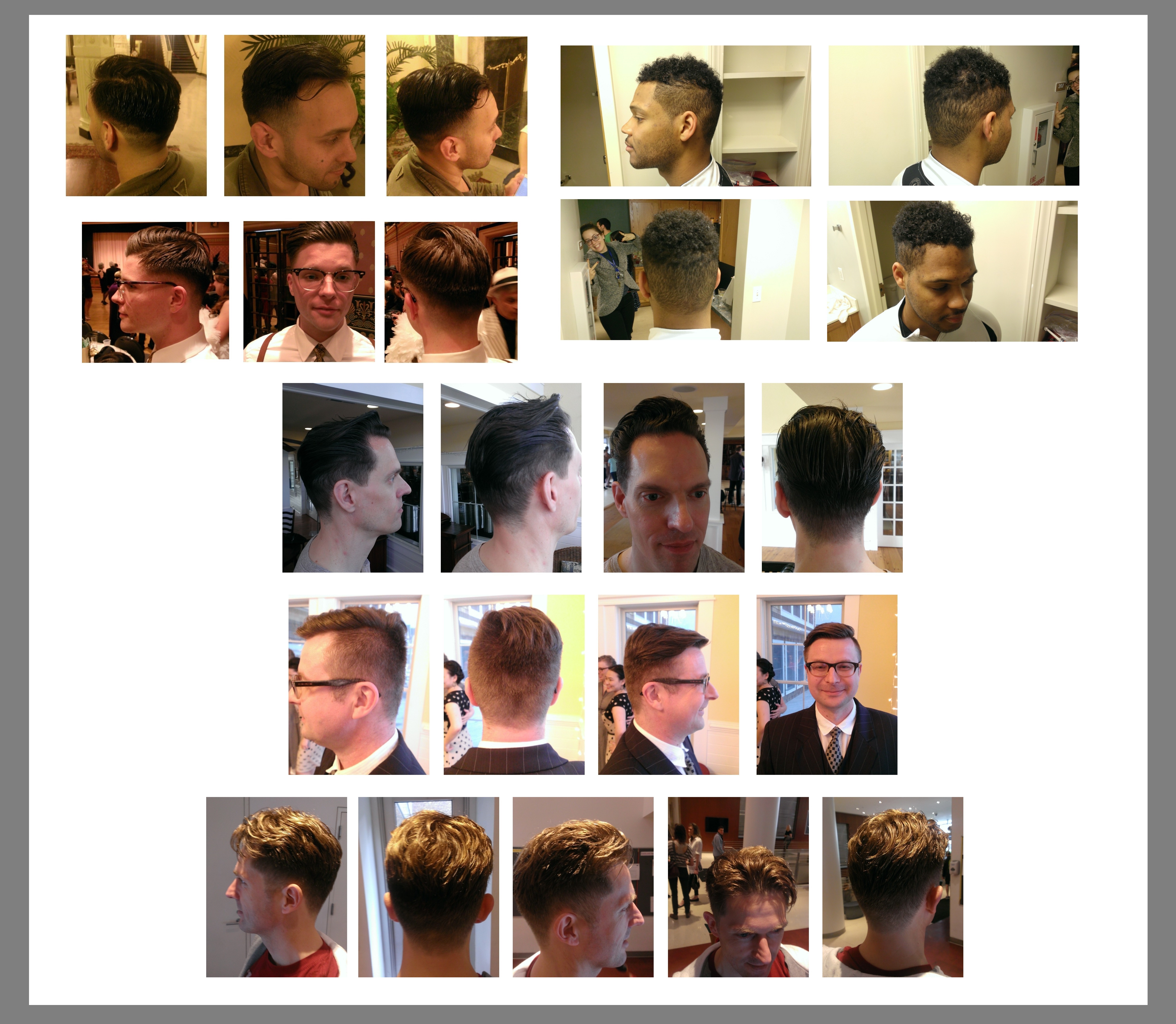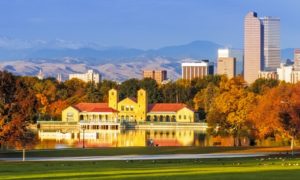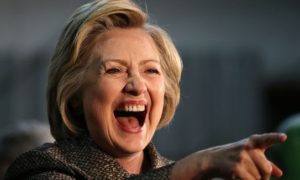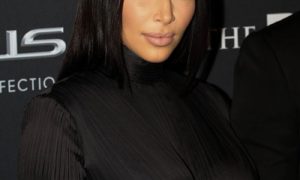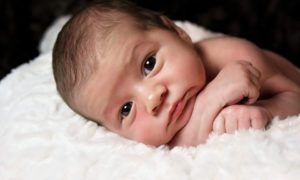This article will be updated as new tips & photos come in.
I spent a great deal of my mid-teens to late 20s trying to get a good vintage 1930’s/40’s men’s haircut, first à la Swing Kids, and later à la the kind of haircut the swing kids had before they grew it out. This took me quite a lot of trying to explain what I wanted and produced mostly mediocre results. The main reason was I didn’t know how to communicate exactly what I wanted, and during most of that time my stylists had hardly ever done a vintage men’s haircut.
Thankfully, men’s vintage-ish haircuts are coming back into mainstream fashion — whether through the influence of Mad Men, or the indie fashion of people like Arcade Fire front man Win Butler, or European soccer/football stars, or Justin Timberlake— and so it should be easier for stylists and barbers to know what you’re talking about when you say you want a men’s vintage cut.

sax-section-1934Luckily, most styles of the 1930s to 50s have these basics in common: a short back and sides (also known as “high and tight”) and a longer top, especially near the front of the head. However, one should know that there are still a lot of variables at play. Where the variations mostly come in is how high, how tight, how long on top, and how dramatic the fade you want between the sides and top.
This basic vintage cut is the same for most hair types; super curly, curly, wavy, straight…they will obviously look different, but you’re still telling your barber the same details.
Also, please note my use of the word “vintage” is speaking more about the general spirit of the hair cut. Clearly some of the pictures below are very modern twists on the vintage “short back and sides” style. (Which is what The Art of Vintage Manliness is all about: taking what you like the best in vintage manliness, and making it fit into your modern life.)
High & Tight
“Tight” is the short back and sides of your haircut, and how tight it is means how short it is. You want to have an idea of what you like so that you can show your barber (better yet, bring a picture, or a collage — we’ll talk about that later). To see how varied the shortness can be, check out the diagram below. (I recommend clicking on it in order to see it full size.)
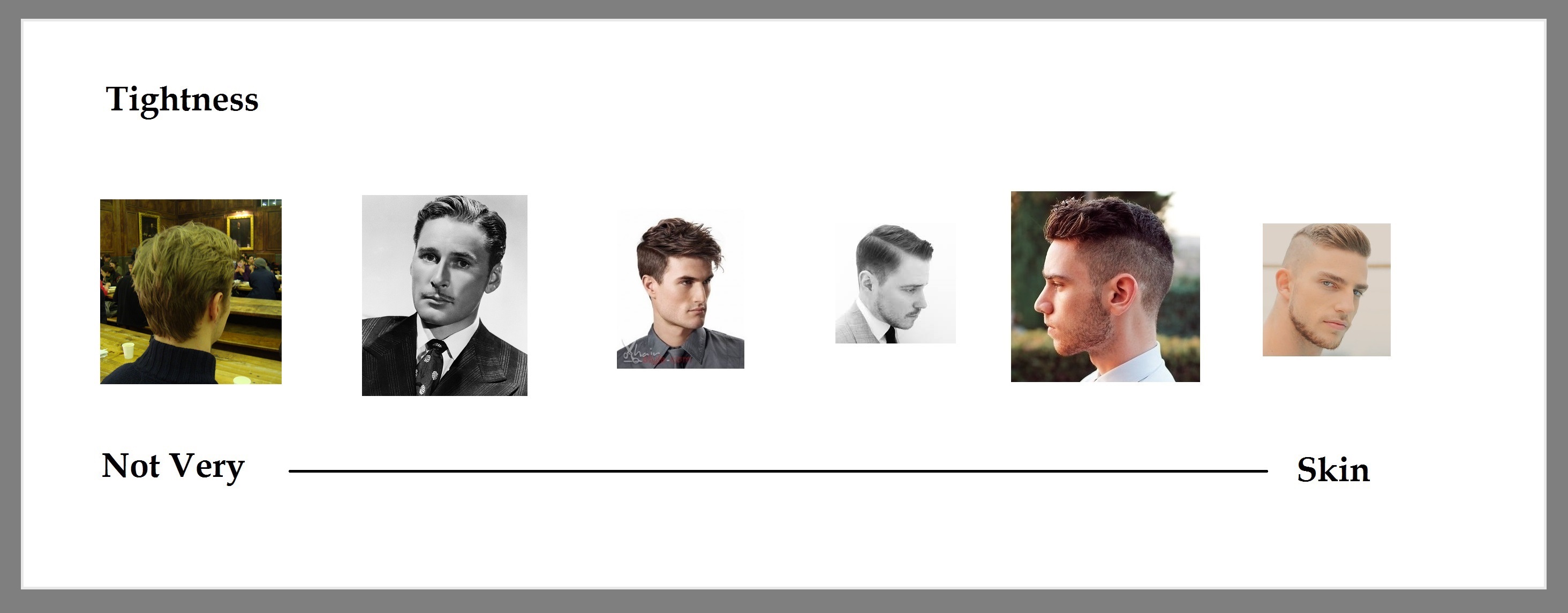
“High” refers to how far up the side of the head you want the short part to go. Here’s a diagram:

WARNING: Be careful going into a barber and only saying “give me a high and tight,” as this is also terminology for a military-style haircut, which will probably take off a lot more than you’re expecting from on top. Again, the best bet is to bring in pictures to your barber/stylist.
The Fade
The “fade” is how your hair transitions from the short back and sides into the longer top part. This can be done gradually or abruptly:
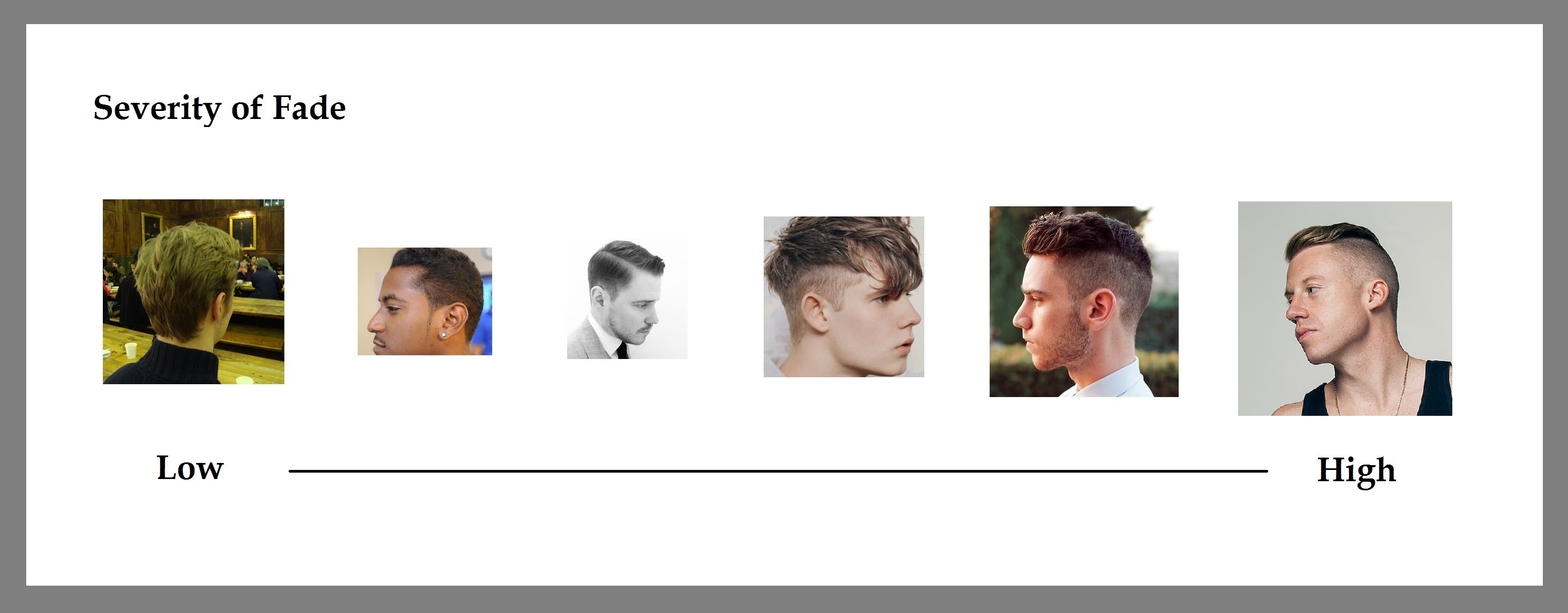
Another aspect of the fade to consider is the line the fade makes across your profile:
Length on Top
The final big piece of information you will want to give your barber is the length you want on top. For the truly vintage look, you want the front to be longer than the back. However, the difference can be severe or only slight. (Also, you should note that the longer your hair, the harder it will be to manage.)

The Back of the Head
Finally, there’s the shape of the back of the head. My stylists recommended that, rather than try to explain what you want to happen there, one should bring in some pictures (he said that was probably the best all-around advice for someone trying to tell their stylist what they want).

Now, it’s actually hard to find pictures of the back of vintage men’s haircuts on the web. So I recommend that the next time you see a haircut you really like, ask the person if they would mind if you took a picture of it so you could show your barber. I’ve done this probably a dozen times, and every single one I’ve asked has allowed me to do it. (Even random people in airports.) Most are flattered and appear more than happy to do so. Here are some examples of the backs of vintage haircuts. (Please note that all the dimensions of the sides of your haircut will dictate a lot of what is possible with the back of your haircut.)

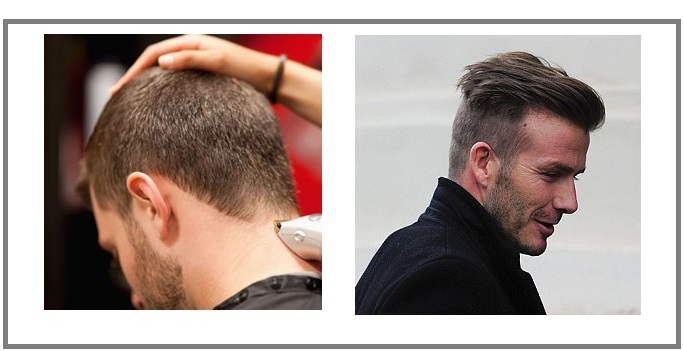
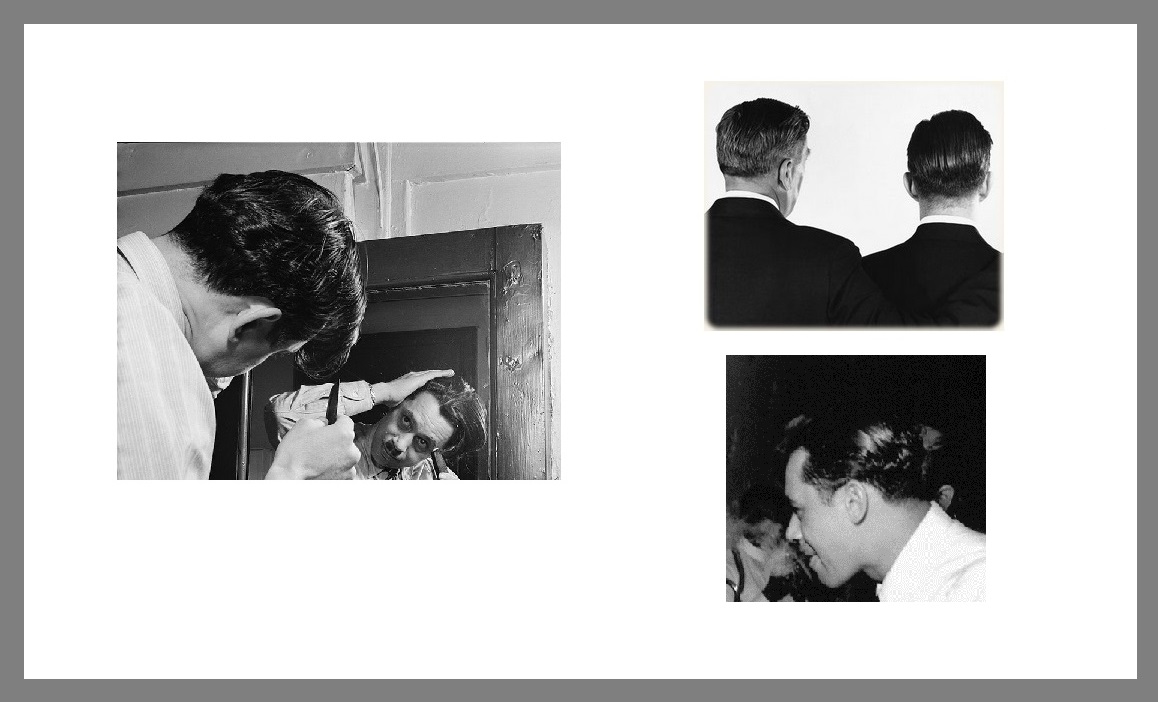
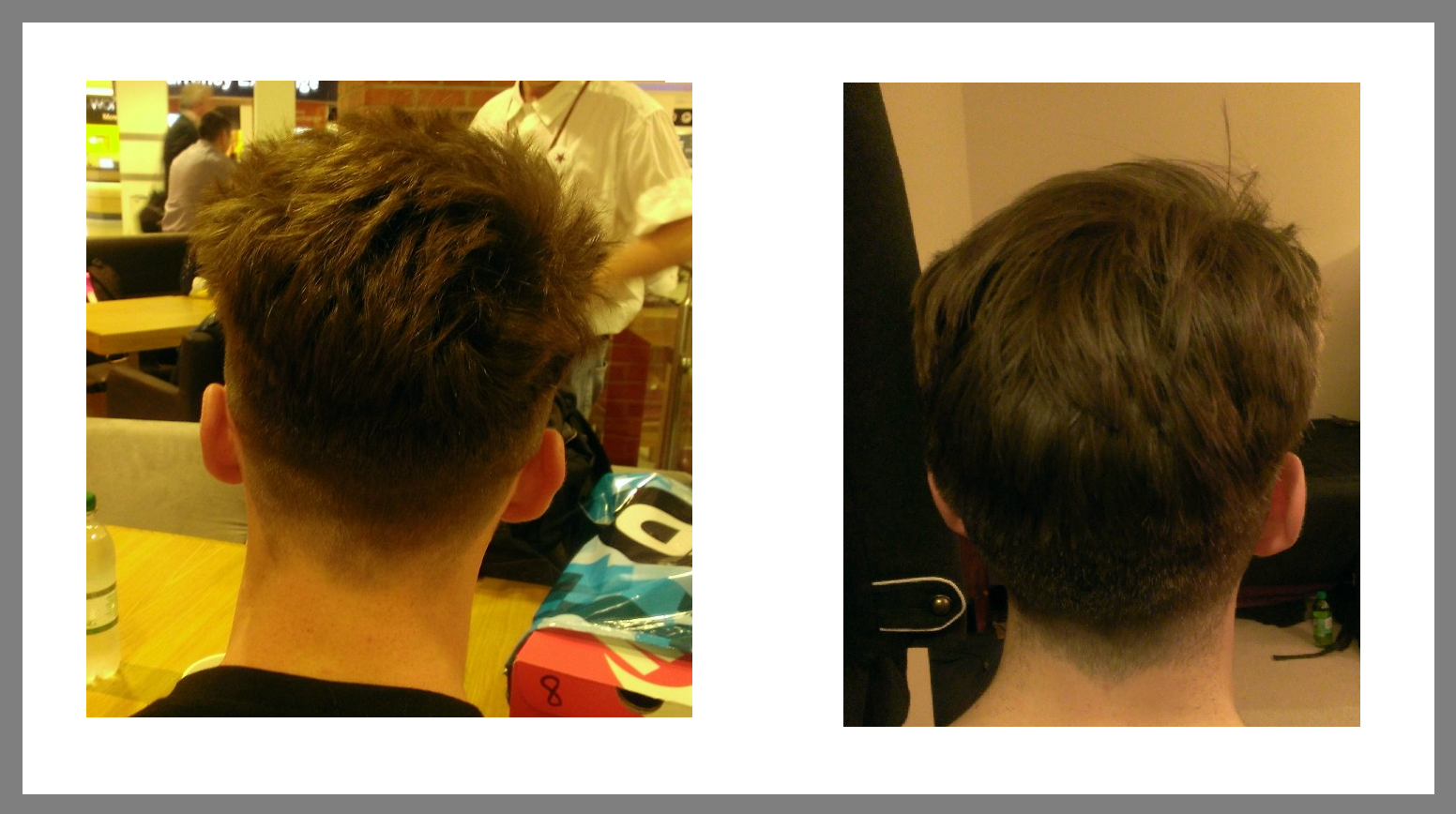
So those are the basic dimensions of the vintage haircut. However, a good stylist or barber knows there are some more subtle ways each of these dimensions can be altered for various effects. If the person cutting your hair offers a good reason for trying something different, it might be worth a try. Also, please note that hair comes in many different varieties — the exact haircut you want might not be possible with the hair you have. Again, that’s something to discuss with the person cutting your hair.
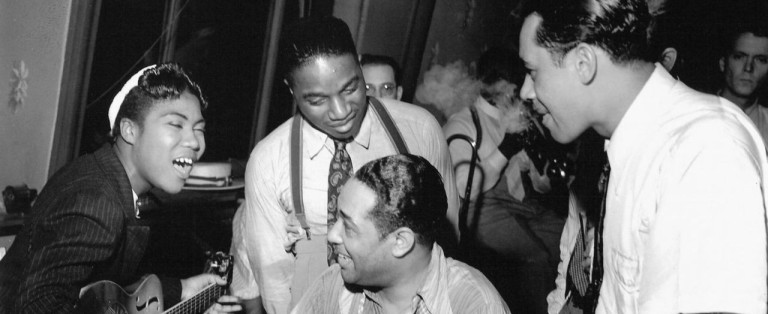
Other: Parts, Product, and Texture
There are a few tips that can add the final touches to your haircut.
The first is your part. Most vintage men traditionally parted their hair on the left side of the head. You don’t have to. You can part it on the right, down the middle, or between the middle and side. Your part can be well-defined, or simply implied, like a path in a jungle surrounded by bushes. You don’t even have to have a part — a lot of modern takes on vintage hair cut is that the hair is simply swept over from the point of the fade (the line made by the “high & tight” part).
Here’s a secret for getting an awesome part: Your barber can actually shave it in. By using the clippers, barbers in the old days reportedly would made a part bolder so that your hair could easily be managed and you wouldn’t have to worry about creating your part with a comb every morning. You just want to be careful if the person cutting your hair is new to this; if the part’s too wide, it’ll look strange.
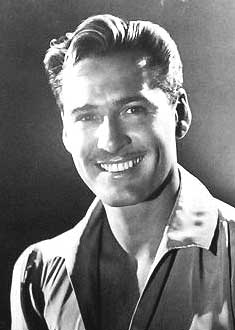
Next is product. It is almost a must-have. Oftentimes vintage haircuts only look good with some form of product in the hair, whether that be a little mousse or gel to keep it somewhat in control, or whether you want to pomade it into an oiled-back slick. For product, you will want to test out your own — based on smell, hold, and general annoyance to wash out. I will give a quick plug for water-based pomades, of which there are many now on the market. They do a good job of holding the hair but also are easy to wash out. Some friends of mine use old school products like Murray’s pomade, which they pass over with a cigarette lighter in order to get it loosened up just right.
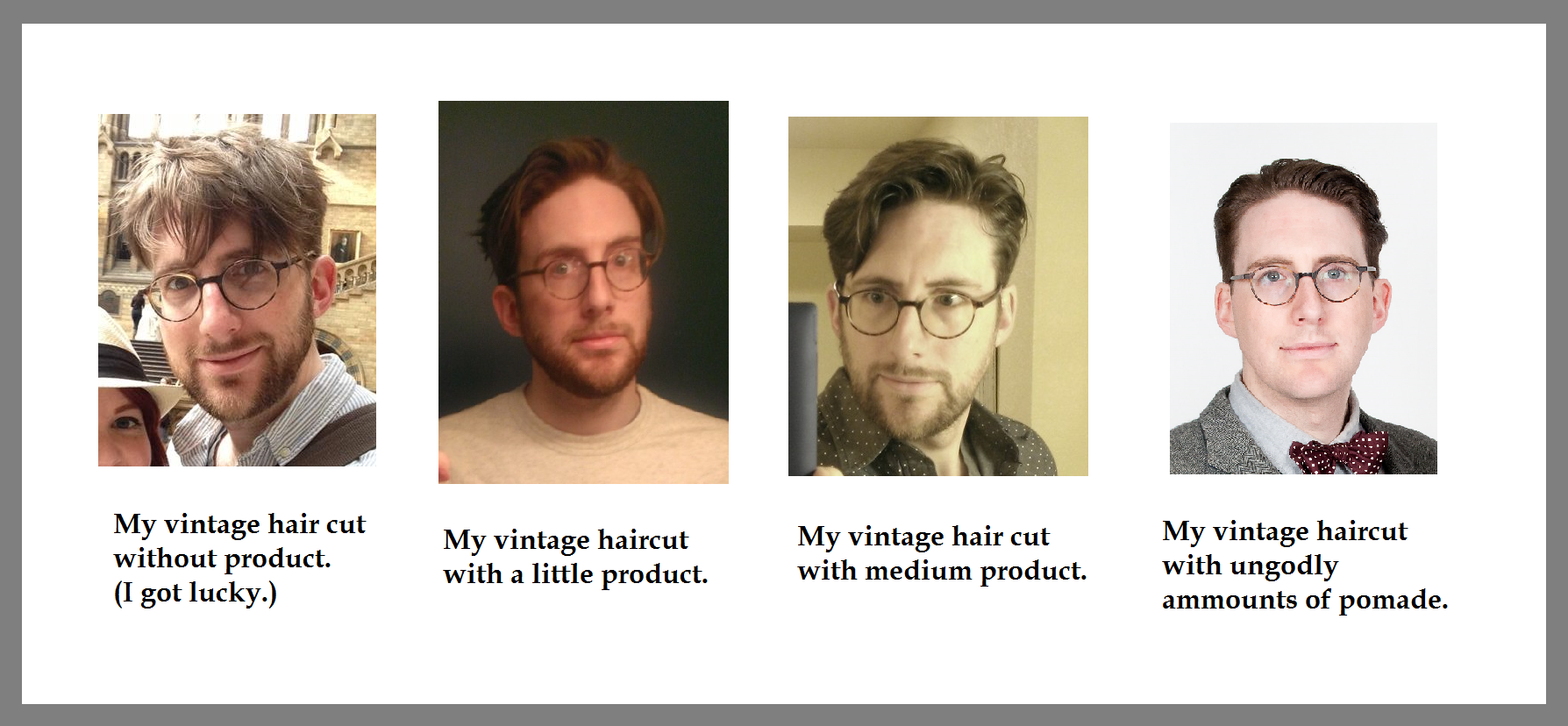
Also, a little secret: Before you ever apply hair product, rub it between your hands very quickly for a while to create a lot of friction. The heat will make the product more liquid-like so that it won’t clump your hair, and it will settle back into hardness when it has had a few moments to cool off. You can also run a hair dryer for a few seconds over the pomade in your hand before putting it into your hair.
Texture is often added by cutting the hair different lengths. For example, see the picture right. Of course, you don’t have to add texture. Many vintage men just had their hair cut simply straight, since it would mostly just be greased back by oil anyway. However, texture does allow the haircut to be a little more interesting when it’s not slicked back.
Stylists & Barbers
I’ve seen quite a few stylists and quite a few barbers around the world (literally) in my efforts to get a good men’s vintage haircut. Especially today, many cities have men’s barber shops that specialize in vintage cuts.
From my experience, barbers skilled in vintage cuts are good at getting the general effect and they won’t need a lot of explanation when you mention you want a vintage haircut. (And don’t be alarmed if they pull out the clippers and just buzz your head for fifteen minutes — some of those barbers use clippers almost exclusively.)
At a barbershop you may get the added bonus of being around a group of guys enjoying the old-timey barbershop experience, but the downside of that is you also might be surrounded by a bunch of guys trying way too hard to have that old-timey experience, which to some (like me) is annoying. However, if you find a barbershop you like with a barber you like in it, it can be a great experience.
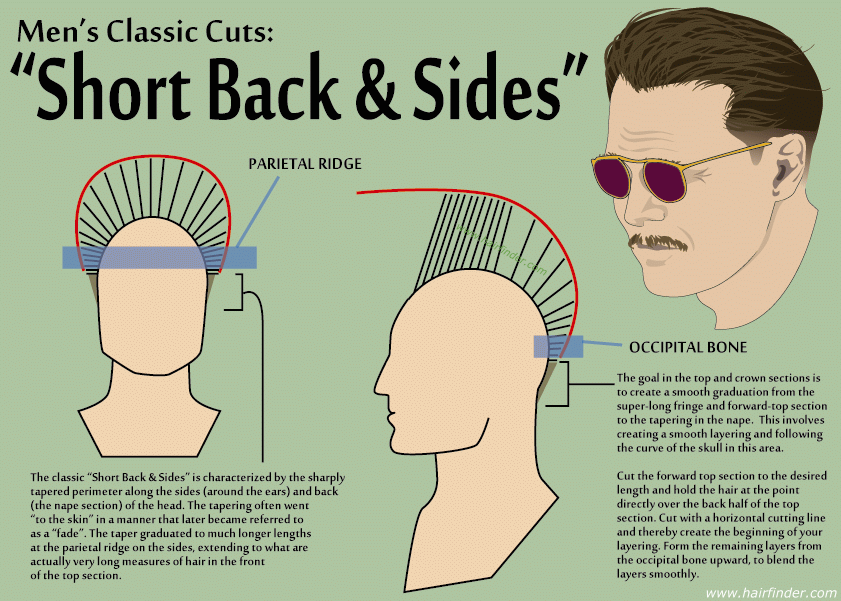
classic-mens-haircutMany stylists at regular hair salons rarely have had practicing in doing vintage cuts, but as mentioned before, that is quickly changing. (When in doubt, I have often mentioned recent movies. “You know, like Inglorious Basterds.” “It’s a Band of Brothers haircut, but longer in the front.” “It’s like in The Artist.” Or I’ve used this handy dandy guide to the right a few times.)
And stylists, unlike many barbers, are trained to shape the haircut specifically for your face and head shape. They are also used to people being picky — and if you’re a guy getting a vintage haircut for the effect it will have on your swing dancing and vintage fashion, you are probably, at the very least, more specific about your hair needs than average.
Now it’s not a hard and fast rule, but I have had some vintage haircuts from barbers that looked amazingly vintage but were not quite right for my face/head, and some haircuts from stylists that that were only vaguely vintage but really looked great with my face/head. (And, a good rule of thumb is, if you go with a stylist, to choose stylists close to or inside your nearby big city, since they are more likely to be up on the ironically modern trend of doing vintage haircuts.)
The best outcome is if you find a barber that can recommend shapes that specifically fit your features, or a stylist with vintage haircut experience. If you like the haircut they give you, stick with them and tip them well. (And, of course, take pictures of the front, back, and sides for future reference. Keep them on your phone in case you find yourself getting a haircut form someone new.)
And of course, your location will have a role in the decision to choose a stylist or a barber. For instance, I figured I’d have better luck explaining to a nearby stylist how to do the vintage haircut I wanted than in being able to track down a vintage barbershop in Rockville, MD. A few stylists were pretty good at it and they did fine for a few years; however, I finally found the perfect stylists for me about a year ago.
Over the last few years, he has begun studying vintage haircuts partly based on the times I’ve come in and we’ve played around with them. He has begun to really enjoy men’s vintage hair fashion, and we get closer and closer to mastering exactly what I’m looking for. It has taken some time and experimenting, but he’s very patient and awesome about doing so.
Conclusion
A lot of what I tell my stylist is what I’ve shared with you today: If you know, let them know how high you want it, how tight, how dramatic a fade, what line you want that fade to have, and how long on top. Otherwise, ask advice on what they recommend. If you wish you can also mention parts and texturing and ask what kind of products they have to try out. And that should get you on your way to a great-looking men’s vintage haircut.
Finally, I came up with a collage that basically has my haircut’s directions taken from the photos I’ve shared with you. I made it in Microsoft Paint in just 20 minutes. I just handed this over, and see the results:
You can help!
If you are a person who has gotten a men’s vintage-style haircut, please consider posting pictures of it in the comments below, as a reference for other people looking to see what is possible, and also as a reference for people to take to their barbers or stylists.
For instance, Brad Pitt, among others, was nice enough to send in pictures of his recent haircut…

